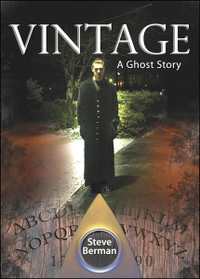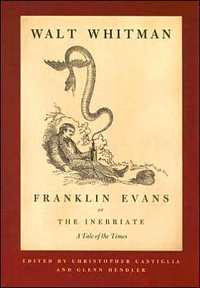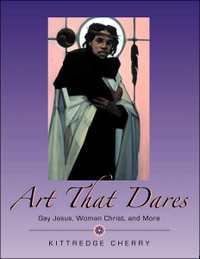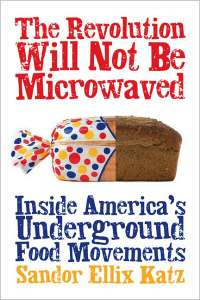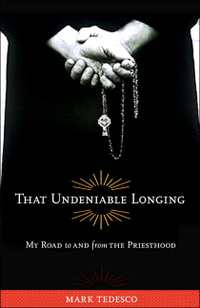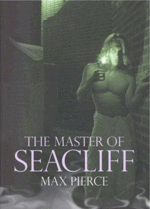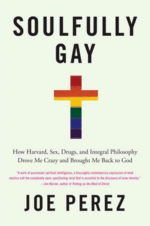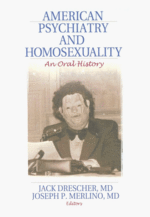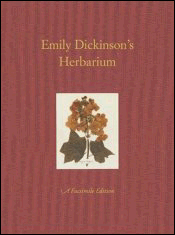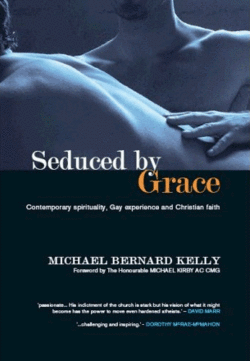 Seduced by Grace:
Seduced by Grace:
Contemporary Spirituality, Gay Experience and Christian Faith
By Michael Bernard Kelly, Helen Kelley [Editor]
Melbourne: Clouds of Magellan, 2007
ISBN 9780980298321
Reviewed by Victor Marsh
You have seduced me, Lord, and I have let myself be seduced. -Jeremiah 20:7
While the dyspeptic (iconoclastic?) Christopher Hitchens is content to go on bashing his straw-man ‘God’ (see God Is Not Great: How Religion Poisons Everything, 2007), a more interesting set of insights into that tired, overworked tradition has come from what might seem to be an unlikely source — a self-professed Gay man and, moreover, one who knows from first-hand experience the shortcomings of his Church (specifically, its Roman Catholic incarnation). For Michael Bernard Kelly, as David Marr puts it, has ‘has come out but stayed in’—rather than quitting a homophobic Church in disgust, he is pushing for it to renovate itself from within. A potent collection of thoughtful writings by Kelly, the noted Australian Catholic dissident, Seduced by Grace gathers essays, articles, letters and talks he has produced over almost a decade, from late 1998 to May 2004, that are at once an acutely accurate critique of the shortcomings of the Church and a poignant testimonial to the heroic spirit that has, at times, invigorated it.
Kelly the activist is (in)famous in Australia. He was one of the founders of the Rainbow Sash movement that has been a thorn in Cardinal George Pell’s side, with its public challenge to the Catholic Church’s treatment of Gay and Lesbian people (the movement has been taken up in the United States, also) and in this role, he has become a prominent media spokesperson for Gay Catholics. But as is clear from the opening piece in this collection, “On the Peninsula, alone with God,” Kelly’s activism is grounded in contemplative practice. He has produced a stimulating video lecture series, “The Erotic Contemplative: the spiritual journey of the Gay Christian” (through Joseph Kramer’s Erospirit Institute) and leads Gay spirit retreats at Easton Mountain, in New York State, as well as in Australia and the U.K. His voice reaches loudly and clearly across the once impassable divide between eros and spiritus. Kelly is now working on a doctorate in the field of Christian mysticism and Gay experience at an Australian university.
Raised in an Irish Catholic family in Melbourne and educated in Church schools, Kelly was smitten early with the religious life and served as an altar boy, assisting priests in the celebration of Mass, as all good Catholic sons would do. As a teenager, he was inspired by the life and example of Francis of Assisi —“Who could resist a dancing saint?” he asks in his short piece on the inspiring 12th Century figure. He actually joined the Franciscans at 17, but eventually left the Order, and while remaining celibate, continued to work as a religious education specialist and campus minister in Catholic schools and universities for a further seventeen years, before taking the fateful decision to come out, and to come to terms with his sexuality — a decision which, of course, cost him his job. But he continued his studies in theology (including a master’s in spirituality in San Francisco) and today inspires many men with his revisioning of a spiritual life not predicated on a denial of the body. Kelly says his dick keeps him honest.
More power to him. This is the kind of “real world” starting point that earths his spirituality and renders his positions convincing to those of us who have found more breathing room outside the stifling environs of Christian idealism. Before reading this collection, I might have presumed that it could only be a perversely masochistic urge that would compel a man to persevere with a manifestly homophobic Church, especially considering that his own difficult struggle to come to terms with his “abominable” sexuality would appear to stem so directly from the unreconstructed teachings of that very institution. In fact, even on the eve of his re-birth as an activist, adopting the rainbow sash for the first time, in St. Patrick’s Cathedral, he writes of his reluctance “to re-engage publicly with church structures.” A dyed-in-the-wool skeptic might ask: Does the Church really deserve the attentions of such conscientious objectors?
To an outside observer, it would seem that the Church has traded its mystical power – of initiating believers into a direct encounter with the mysteries of the divine – to take up a default position as a bastion for normative social mores. In this limited imagining, the radical figure of Jesus is trimmed to size to serve as a standard bearer for petit-bourgeois sexual morality, and large swathes of the population, banished from the membership reserved for the select, are expected to survive on the margins. That is, of course, unless they are willing to trade their own sexual life for the questionable benefits of membership among the socially respectable (as if the Church were the only possible model for the conscientious life). Kelly is aware of the countless men who stay “in” and, because they remain silent, advance their careers in the hierarchy, somehow making their peace with the institutionalized hypocrisy their masters continue to promulgate (and then, in some cases, becoming the “masters” themselves).
The sociologist Erving Goffman showed how institutions often produce the very behaviors they are intending to overturn; hence, for example, jails produce criminals, hospitals disease, and churches sinners. Or, as the Chinese sage Lao Tse wrote (in Stephen Mitchell’s translation), “Try to make the people moral, and you lay the groundwork for vice.”
If, like myself, you have written off the churches (even in their nouveau, charismatic forms) as unredeemable, as long as individual seekers like Kelly find useful tools within what is left of those traditions, you might be persuaded, reading this collection, that a divine child may well have been discarded with the bathwater in the long, sad aftermath of the “Enlightenment.” Meanwhile, as Kelly so cogently and persuasively argues, what he calls “the Holy Spirit” will continue to manifest wherever and in whatever forms “she” will. On the cusp of the new millennium, human intelligence continues to seek out new pathways for spiritual inquiry and growth.
As articulate as he is as an activist (and the various pieces that make up this collection would make good source material for other non-conformist Catholics trying to find their own voice in the context of an authoritarian religious culture that sanctions silence and obedience in place of discussion), the personal tone of the writing gives room for some very touching testimony. The clarity and passion are, in places, almost combustible, and all the signs of a sincere and effective engagement with the spiritual life are movingly present, proving, ultimately, worthy of deep respect.
It seems to me that in the long journey of coming to accept and celebrate his sexuality, Kelly’s message reaches beyond the community of the faithful. When he writes that, in his experience, the official teaching “has virtually always been based on distaste for and even hostility towards sexuality,” with rules and regulations “based not in reverence and honest reflection but in rejection,” he insists on addressing the broader issue of sexuality per se, “including heterosexuality.” Relegating “deviants” to the margins, in theory (even while nursing them close to its bosom, in practice), allows the Church — and too many of us in the wider, secular population — to refuse to face the challenge of marrying the physical with the spiritual. That challenge is posed, uncomfortably, in the dignity and wisdom of the position he had already reached by 1997:
What if the very thing that we had been told was a curse, the very thing we had hidden and feared and been told was intrinsically evil, unclean, unnatural, turns out to be Blessing, Gift, Grace. Such a position confronts even the contemporary squishy liberal compassion that would promote “tolerance” towards Queers. But it is also a challenge to those who would abjure the life of the spirit altogether, just as much as it is to those who simply cannot come to terms with the body — “Gay” and “straight” alike.
Having taken the Church more than 350 years to recognize it was in error over the findings of someone like Galileo, for the sincere seeker the urgent question arises — Do Queers really have the time to wait for better guidance to emerge from such recalcitrant troglodytes? Reading Kelly’s impassioned and eloquent diatribes, one gets the feeling that it is only through the peculiar insights of its Queer sons and daughters that the Church will find its own way. Highly recommended.
Victor Marsh is a research associate at the University of Queensland. His PhD Thesis, The Journey of the Queer ‘I’, focused on spiritual memoirs by Gay men. He is working on two books: a memoir, The Boy in the Yellow Dress, and a study of Christopher Isherwood. Victor interviewed artist Don Bachardy for White Crane #71.
This is just an excerpt from this issue of White Crane. We are a reader-supported journaland need you to subscribe to keep this conversation going. So to read more from this wonderful issue SUBSCRIBE to White Crane. Thanks!
Victor Marsh is a research associate at the University of Queensland. His PhD Thesis, The Journey of the Queer ‘I’, focused on spiritual memoirs by Gay men. He is working on two books: a memoir, The Boy in the Yellow Dress, and a study of Christopher Isherwood. Victor interviewed artist Don Bachardy for White Crane #71.
